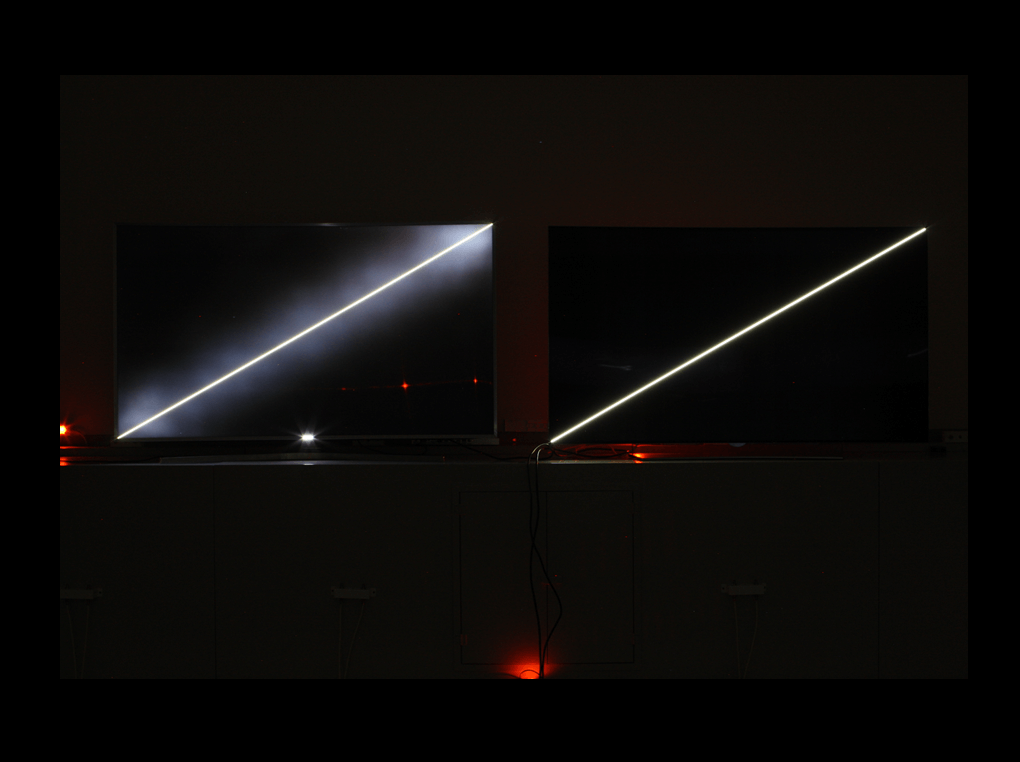It’s been a few years now that new TV’s are bring released that use OLED (Organic Light Emitting Diode) panels instead of the common LCD (Liquid Crystal Display) tech that electronics have been using forever. Smart Phones are also more frequently being released with OLED displays (Galaxy S phones from Samsung are a good example). Now why is this a big deal? It’s all about one thing: Contrast.
The display that you are probably reading this on is most likely using an LCD panel. The TLDR of how LCD’s work is like this: starting from the back there is the appropriately named backlight which is the only thing in the display that actually emits light. That light passes through a series of polarising filters and the LCD panel itself which contains millions of tiny sub-pixels, one for Red, Green and Blue (RGB). The subpixels are combined to create any of ~16 million different colours (256 or 28 for each colour).
The problem is that the backlight is turned on and stays at the same brightness level regardless of what is being displayed. So if you are watching a very dark movie or a bright and happy cartoon, the display is putting out the same amount of light. This leads to pretty terrible contrast. If you have the screen displaying black and turn off all the lights, the room will be lit from the light output from the screen.

Now OLED displays on the other hand have fantastic contrast. The big reason for their strong contrast is that the OLED panel itself emits light (even says so in its name), that means there is no backlight. No backlight means that every pixel on the display can output its own different amount of light. This also awards them another big contrast boost because each pixel can completely stop emitting light. If you tried the dark room experiment above with an OLED display, you would actually be in the dark.
Now that we know OLED displays are awesome, why aren't we seeing desktop computer monitors (or laptops for that matter) being released that use them? In Part 2 I will get into why we haven’t really seen a consumer computer monitor use an OLED display.
P.S. It’s worth mentioning that “LED Monitors” are not the same thing. Manufactures in their infinite wisdom decided that they were going to call their displays “LED Monitors” to make customers believe they were getting some new fancy screen technology. In reality all it meant is that the LCD display (yes it is still an LCD panel being used) was using LEDs as a backlight instead of the older CCFL (Cold Cathode Fluorescent Lamp).























